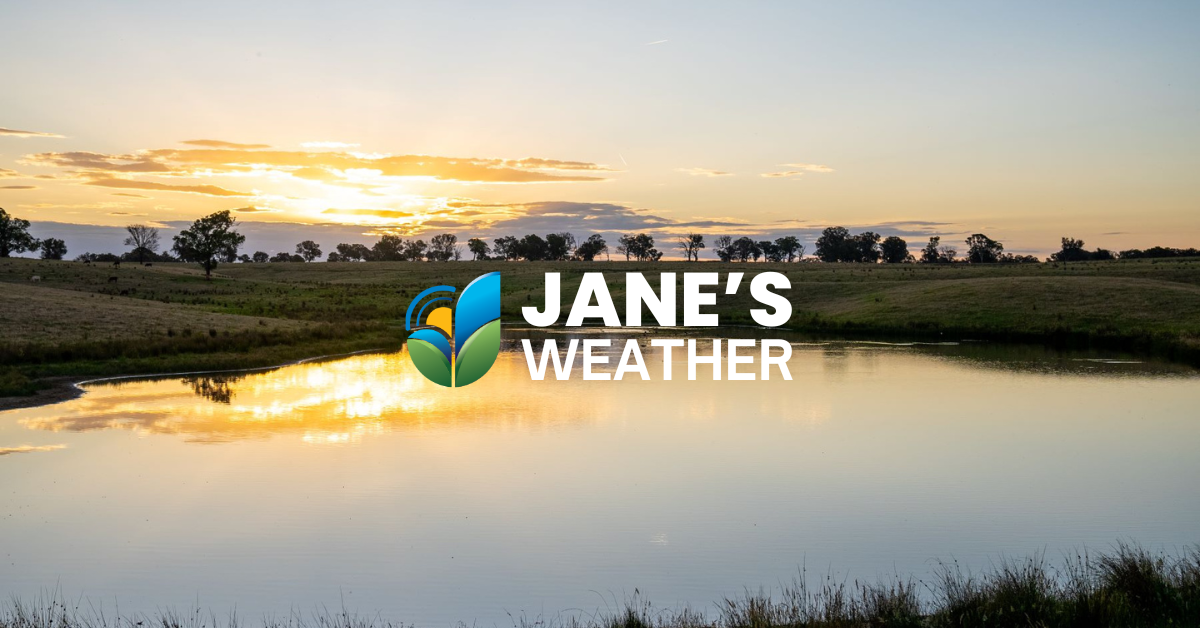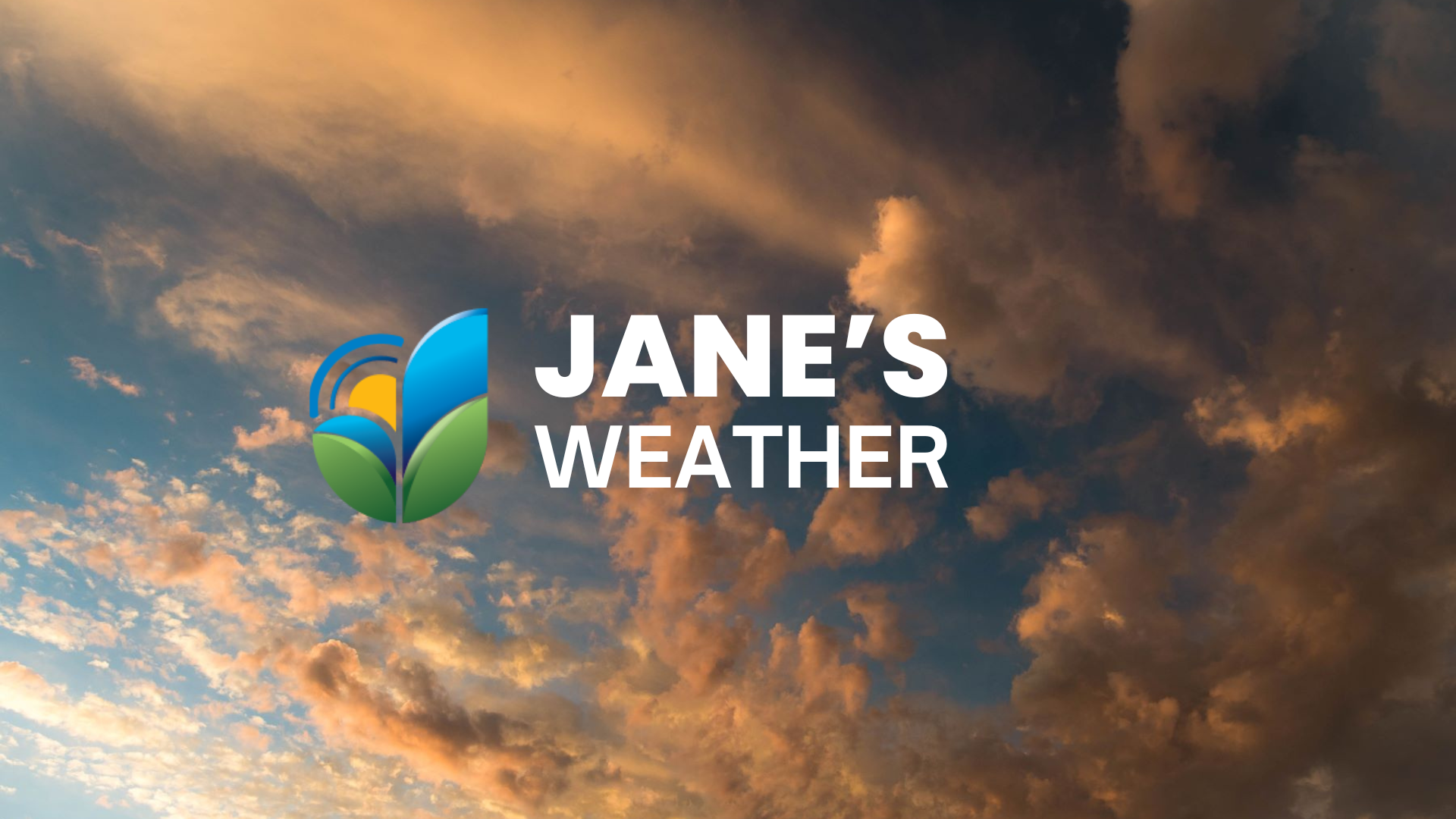Mixed outlook as we head into Christmas
We have a brief burst of heat in the southeast, followed by showers and storms to the east of the trough which brings a cool change.
3 min read
 Jane Bunn - Jane's Weather
:
Nov 15, 2024
Jane Bunn - Jane's Weather
:
Nov 15, 2024
.png)
There is the potential for big rainfalls in both the west and east over the next week, which will be quite a change from what southwest WA has been experiencing lately. In the longer term, it is these areas that are most likely to see above average rain across the summer period too.
Both the west and east look very active for wet weather over the next week. Troughs tap into moist air from the Pacific to create showers and storms in eastern NSW and much of Queensland.
Another trough sinks down into the west - this time having more impact in southwestern WA (mainly Tuesday to Thursday next week).
For the rest of the south (SA, VIC, TAS) it is a fairly quiet week ahead, except for heat building before a rain system on the weekend - but the heaviest falls are only likely to affect the ranges, and some parts may miss the majority of this rain with very light totals.
Potential rain from Friday 15th to Friday, November 22.
Looking further ahead, and the state of the ocean’s form a large part of the drivers for how much rain we can expect this summer.
You will see a large area of incredibly warmer than average water off the northwest WA coast. This is an excellent source of moisture and is already working to feed rain systems as they fire up in the north, and sometimes trickle, but often surge, down into the south. This tells us that our weather systems have an enhanced amount of moisture if they have a connection to the northwest.
On the other side of the country we have warmer than average water off Queensland, offset by cooler than average water in the box over the Pacific. We also have incredibly warm water in the Tasman Sea (like we did last summer that fuelled so much of our rain, even though the Pacific Ocean was in El Nino).
Sea Surface Temperature Anomaly: how much warmer or cooler than average the top of the ocean is - with lots of warm water off northwestern Australia, and an imbalance in the Pacific between the box and the waters off Queensland (with the warmer water closer to us)
The temperature of the water in the Pacific box is reflected in the following chart. We’re currently in neutral, but on the cool side of neutral and not quite across the threshold that would drive us into the phase called La Nina. This threshold is marked in green on the chart as it actively pushes moisture towards Australia.
Three models project us crossing that threshold, three models come close (and do cross the USA’s threshold which is less extreme than BoM’s definition - so the USA will say there are six models in favour of La Nina).
One model remains in neutral.
Pacific Ocean forecast: three models cross into La Nina conditions, three are close, and one remains firmly neutral.
So, that’s moisture being fed from the warm waters off northwest WA and moisture from the warm waters off Queensland - but there is one more moisture source that played a big role in our weather last summer.
The Tasman Sea is also incredibly warmer than average, and whenever our weather systems can tap into that source it will drive rainfall that is heavier than usual - impacting Queensland, NSW, Victoria, Tasmania and parts of South Australia.
These "moisture drivers" are reflected in BoM’s latest outlook for rainfall potential this summer:
BoM’s forecast for summer rain potential: Green areas show an increased chance of exceeding the median (or average) rain for this time of year.
Do remember that moisture is only one part of the rainfall equation and you need to have low pressure to turn that moisture into rain. The number of weather systems that are positioned so they can utilise these moisture sources will determine how wet our summer actually is.
Jane’s Weather provides hyper local weather forecasting based on the consensus of all the weather models, using Machine Learning and AI to calibrate the forecast to conditions at your farm.
We include updates on temperature, rain and wind, along with evapotranspiration for efficient water usage, frost risk, growing degree days and a detailed spraying forecast customised for any property in Australia.
Jane’s Weather provides hyper local weather forecasting based on the consensus of all the weather models, using Machine Learning and AI to calibrate the forecast to conditions at your farm.
We include updates on temperature, rain and wind, along with evapotranspiration for efficient water usage, frost risk, growing degree days and a detailed spraying forecast customised for any property in Australia.
Posts By Tag

We have a brief burst of heat in the southeast, followed by showers and storms to the east of the trough which brings a cool change.

We've moved into a phase of weather with limited connection to tropical moisture, an ending Negative Indian Ocean Dipole, and a weak La Nina - so...

The leftover moisture from Cyclone Fina is meeting up with a trough over the centre of the country and it is set to spread significant rain...